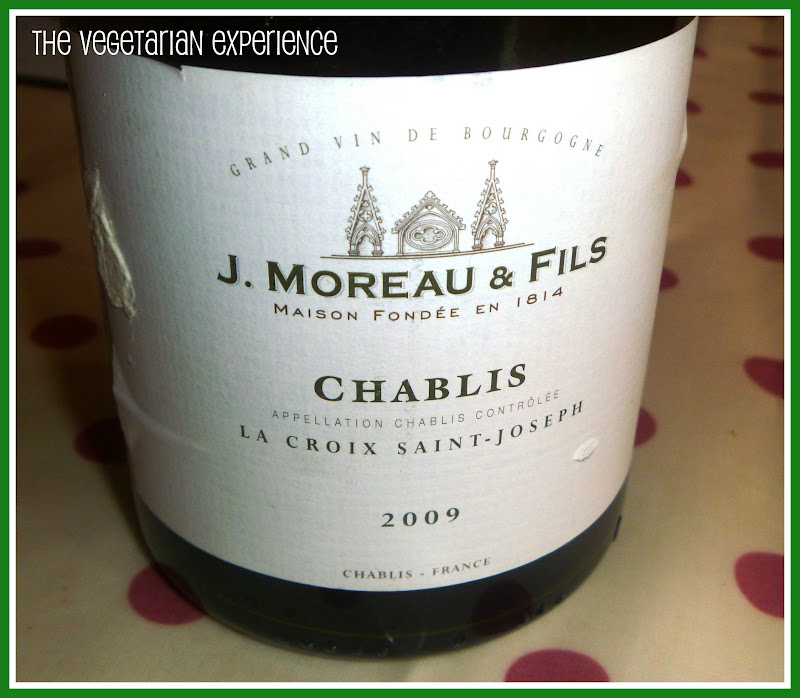

Here, ranging in elevation from 443 to 722 feet (135 to 220 meters), you'll find the best vineyards of Chablis: Bougros, Les Preuses, Vaudésir, Grenquilles, Valmur, Les Clos and Blanchot. On Route de Tonnere, from the crossroad with D91 to the crossroad with Rue Blanchot it's about one mile (less than two kilometers). These come from vineyards north of the town of Chablis, on a steep slope facing south. Wines from Chablis are classified as follows: In recent years, the overall reputation of this region's wine has climbed, thanks to a rigid classification system that aimed at clearly stating a wine's origin - and, therefore, its quality - on the label, to preserve Chablis' good name. Cultivated acres significantly decreased (from roughly 100,000 acres in the whole Yonne départment at the end of 1800s to 10,000 acres nowadays in the Chablis region), but soil, climate and winemakers' expertise did not.

Terroir in Chablis, however, didn't change. But the region fell victim to a phylloxera epidemic that damaged most of the vineyards. Until the nineteenth century, vineyards occupied a larger area around the small town of Chablis, on the Serein River about halfway between Dijon and Paris. In the Jurassic era, the sediment-enriched clay of the Chablis region began to form, and it's this clay that gives Chablis wine its unique elegance, freshness and complexity. Millions of years ago, the area around what's now the small town of Chablis was covered by sea.


 0 kommentar(er)
0 kommentar(er)
